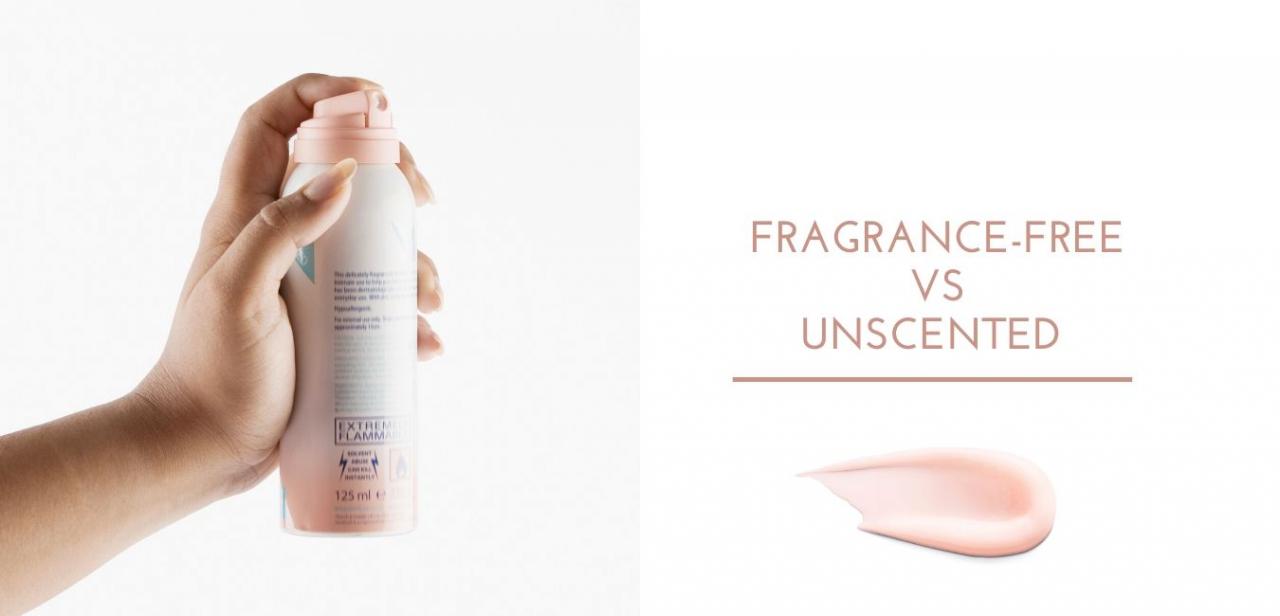When our son was in elementary school, we visited the dermatologist because of the strange little bumps in Patrick’s armpit. When our doctor announced that our son had a case of molluscum contagiosum (MCV), it sounded like the name of a spell from the Harry Potter book Pat was reading.
As it turned out, the rash was not Harry Potter’s favorite wizard spell. Molluscum contagiosum is a contagious, but a usually harmless skin rash caused by the virus of the same name, and a member of the poxvirus family.
The viral infection causes a mild skin rash that looks likes small warts, also called mollusca. The mollusca can be pink, white, or skin-colored, smooth, and may have a dimple in the center.
According to the American Academy of Dermatology, a person can get the virus by touching contaminated surfaces or through skin-to-skin contact. Elementary age children are exposed to the virus when they share toys or clothes.
Teen athletes, like wrestlers or gymnasts, can pick up the virus from contaminated gym mats or towels. Teens and adults can also get the virus during sexual contact.
The American Academy of Dermatology had several recommendations if your child develops MCV. If bumps are visible, a child can spread the infection.
This skin disease may be spread not only to other children, but kids can also reinfect themselves and spread it to other parts of the body. To prevent the spread of MCV remind children not to pick or scratch at the molluscum.
Cover with a bandage, as needed. Shaving areas of skin with the rash is not advised, either.
Usually, a dermatologist won't recommend a specific treatment when a child has this common skin rash. In fact, according to the Centers for Disease Control and Prevention (CDC), the mollusca usually go away on their own, in 6 to 12 months, without scarring.
While there are treatments to remove the growths or to make them go away quickly, they are usually not recommended for children, as they are often painful and can leave scars.
The CDC also reminded parents that it is unwise to try and remove a wart at home. Talk to your family doctor to discuss any possible treatment, or non-treatment, for your child.
Sources:
American Academy of Dermatology. Molluscum Contagiosum. Web. 23, Jan. 2012. http://www.aad.org/skin-conditions/dermatology-a-to-z/molluscum-contagiosum
Centers for Disease Control and Prevention. Molluscum Contagiosum. Web. 23, Jan. 2012. http://www.cdc.gov/ncidod/dvrd/molluscum/faq/everyone.htm#smallpox
Reviewed January 24, 2012
by Michele Blacksberg RN
Edited by Jody Smith






Add a CommentComments
There are no comments yet. Be the first one and get the conversation started!